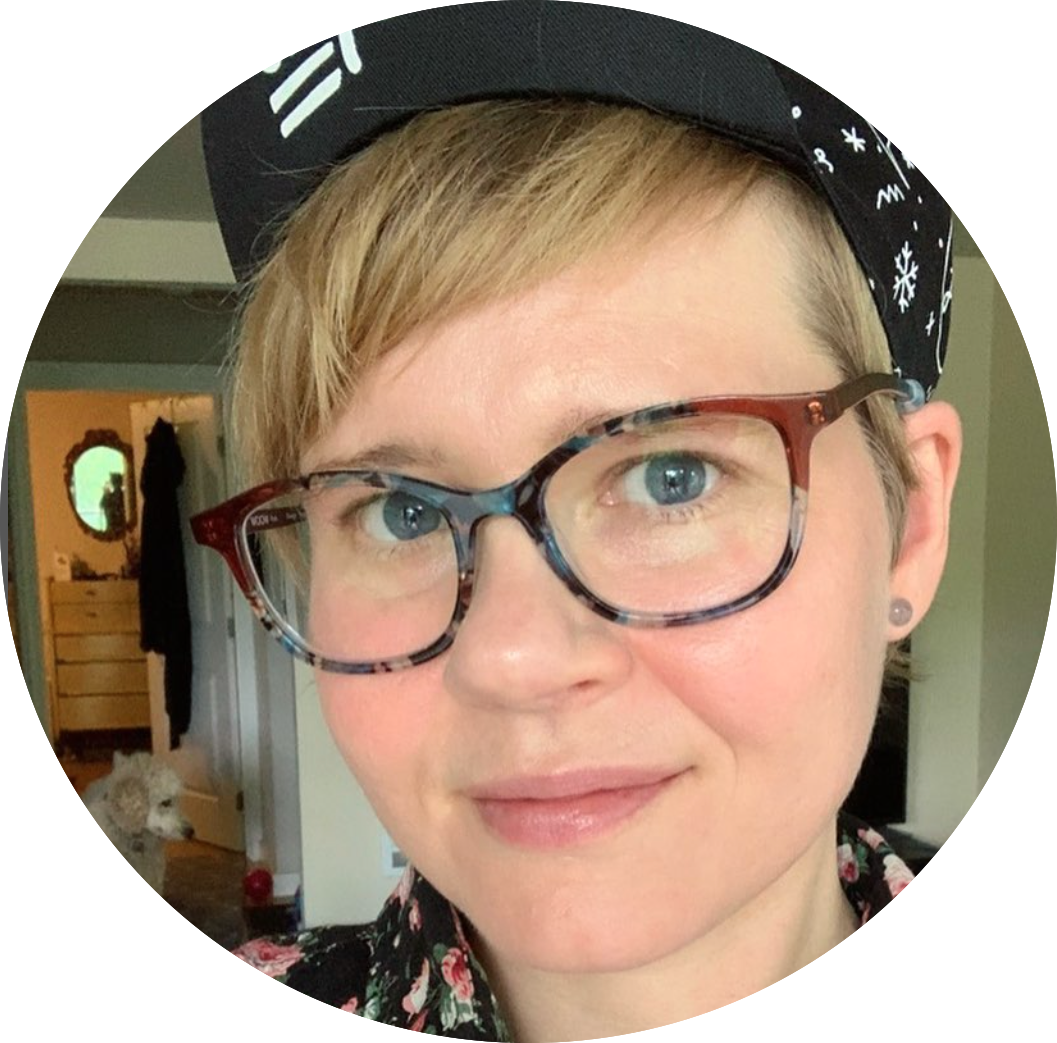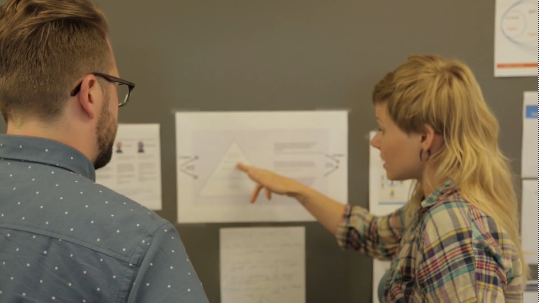As LiquidPlanner's UX Program Manager, I was given the autonomy and executive support to build a fantastic UX team for LiquidPlanner's core product. In addition to hiring and managing designers, I also worked to leverage what we already had: an organization full of smart people who care deeply about giving our users the tools they need to get their job done.
Building a user research program
The most crucial part of UX is to build the right thing, and getting this wrong is the most potentially wasteful part of the entire project process. Research came to be a fundamental part of the product development process and played a crucial role at every stage, from concept (ethnographic research and interviews) to build-out (weekly usability tests) to post-launch (success metrics, iteration).
Result: a good research budget, dozens of studies every year, hundreds of remote and on-site user research sessions, and full internal support and trust for user research as a valuable strategic driver.
How'd I do it?
Increased financial and resourcing support for user research
Implemented a recruiting infrastructure (Ethnio)
Established weekly usability testing cadence atop other discovery and ethnographic research initiatives
Introduced qualitative methodologies beyond usability testing, such as interviewing and on-site contextual inquiry
Trained Design and Product people in planning, moderating, and executing research
- Socialized research results at literally every opportunity, whether that was an informal brown bag presentation or a formal summary of research done at the beginning of every project kickoff meeting.
Designing a design culture
I'm a strong believer in getting the whole team involved in research and design (stakeholders, developers and all). The output of this might be a strategic roadmap or usability test findings, but the outcome always yields a solid next step in building a robust user experience.
At LiquidPlanner, in addition to creating formal opportunities to work together via workshops and design jams, I architected physical spaces that invited collaboration. Comfy seating, plenty of wall space, whiteboards, and table space. The design and product team usually sits out here, and anyone in the company could pull up a chair and collaborate - and they did.
Words can only take you so far when talking about abstract concepts. Humans collaborate together better when they use physical artifacts like sketches and post-its, so these are an essential part of my collaboration arsenal.
I've used these wildly successful props to facilitate team design jams, stakeholder workshops, product prioritization exercises and more.






